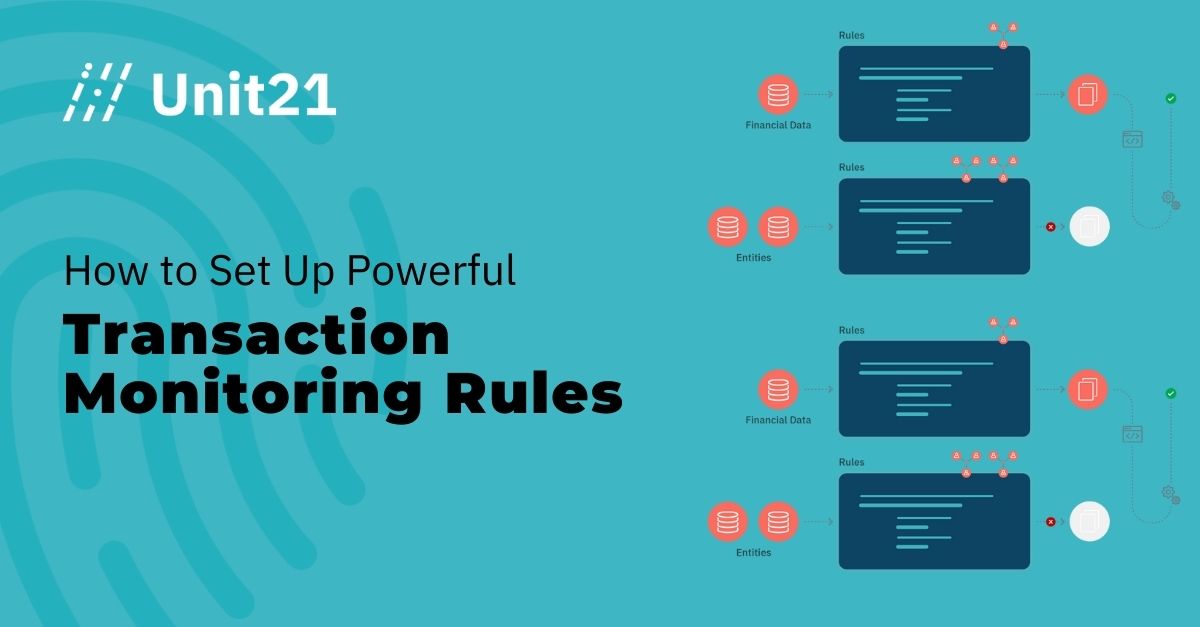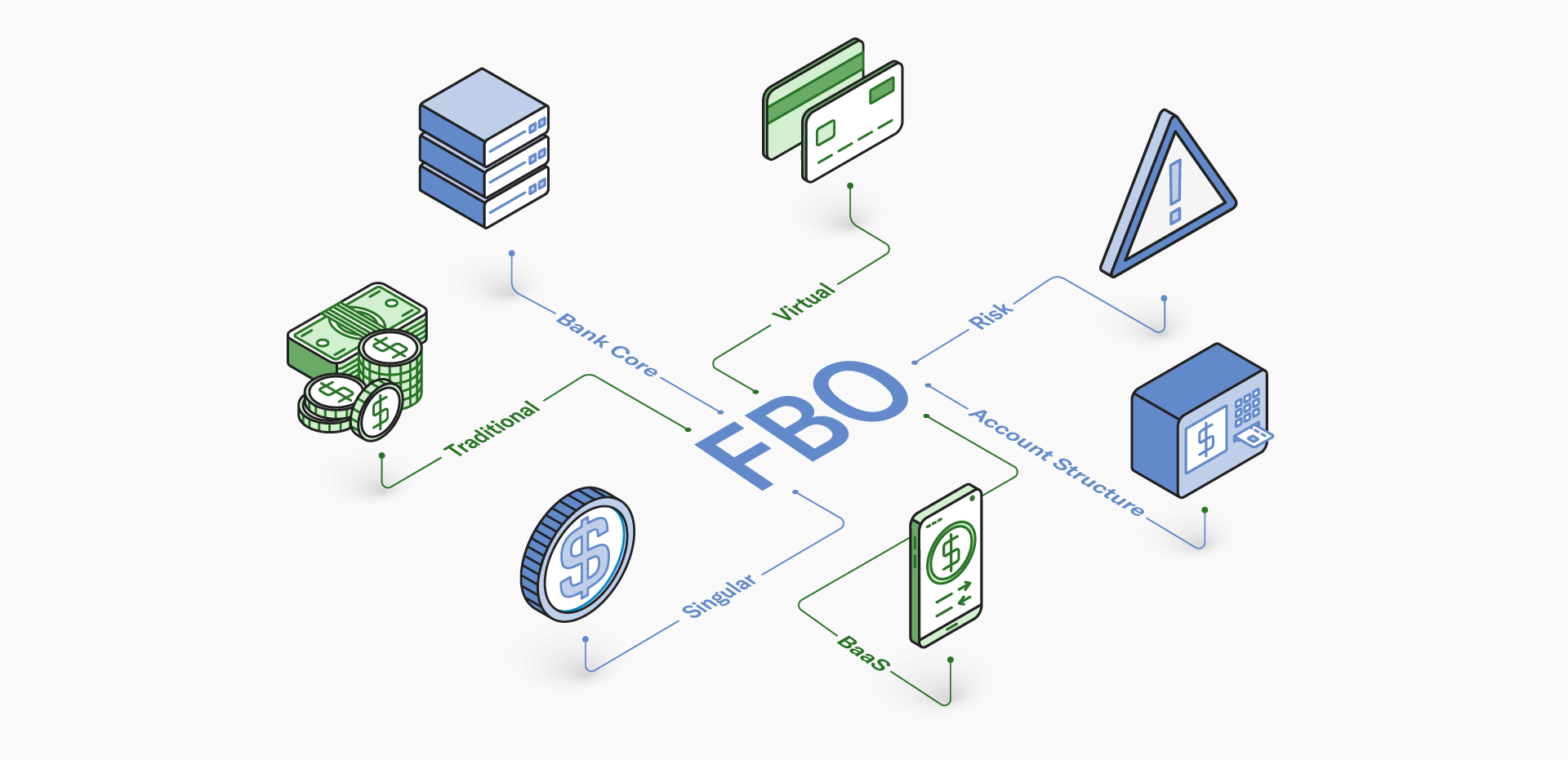Credit Card Issing and Fintech Transaction Rules
In this post, I will consider why card issuers and certain fintech businesses have compliance requirements and how those KYC and AML rules translate to transaction monitoring rules within the core system or compliance system. The focus of this post is on anti-money laundering and related transaction rules.
Know Your Customer (KYC) and Anti-Money Laundering (AML) rules are important components of regulatory compliance for financial institutions, including those issuing virtual prepaid credit cards. Here is some sample transaction rules a company might use to meet KYC and AML obligations:
- Customer Identification Program (CIP): Every customer must be properly identified before a virtual prepaid card is issued. This requires collecting, at minimum, the customer’s full legal name, birth date, address, and identification number (like a Social Security number or passport number).
- Identity Verification: After collecting this information, it must be verified through reliable means. This can include checking the provided information against databases or asking for additional documentation like a scanned passport or utility bill.
- Risk-Based Verification: Customers who are likely to pose a higher risk of money laundering or terrorist financing may require enhanced due diligence, which can involve collecting more detailed information about their personal background, sources of funds, and intended use of the prepaid card.
- Ongoing Monitoring: After a card has been issued, its usage must be monitored for suspicious activity. This can include transactions that are unusually large, frequent, or inconsistent with the customer’s normal behavior.
- Transaction Limits: To reduce the risk of money laundering, virtual prepaid card issuers may set limits on the amount that can be loaded onto a card at any one time, or the total amount that can be transacted within a certain period.
- Reporting Suspicious Activity: If suspicious activity is detected, the card issuer has a duty to report this to the relevant authorities in a timely manner. This typically involves filing a Suspicious Activity Report (SAR).
- Record Keeping: Detailed records of all customer information, transactions, and any actions taken in response to suspicious activity must be kept for a certain period, usually five years.
- Sanctions Screening: The issuer must ensure that neither the customer nor the recipients of any funds from the card are on any government sanctions lists.
- Privacy and Data Security: All collected customer information must be stored securely to protect against data breaches. There should be policies in place to ensure that customer data is only used for the purposes it was collected for and is shared only with authorized entities.
- Regular Audits: Internal or external audits should be conducted periodically to ensure that all KYC and AML procedures are being followed, and to identify any areas where improvements can be made.
Please note that these are just samples and the actual rules may differ depending on the jurisdiction the company is operating in, as well as other factors. Always consult with a legal expert or a compliance officer when designing or updating your KYC and AML policies. You can reach us at info@premieroffshore.com
Criminals can use credit cards in several ways to launder money:
- Credit Card Factoring: A common method involves setting up a shell company (a company that exists only on paper and has no office and no employees) and using it to process credit card transactions for non-existent goods and services. The shell company can then pass off these transactions as legitimate business income.
- Cash Withdrawals: Criminals can use credit cards to withdraw cash at ATMs, especially in foreign jurisdictions, to obscure the origin of the funds.
- Purchase and Resale: Individuals may use a credit card to purchase high-value items (like electronics, jewelry, etc.) and then sell these items to generate “clean” cash. This method allows the laundering of money through legitimate commercial transactions.
- Overpayment Fraud: This method involves the criminal intentionally overpaying on the credit card, then requesting a refund from the credit card company. The refund is then returned as a check, which can be deposited into a bank account, effectively converting illicit cash into seemingly legitimate funds.
- Gift Cards and Prepaid Cards: Criminals can purchase gift cards or prepaid cards using a credit card. These cards can then be sold for cash or used to purchase goods, thus obfuscating the source of the funds.
- Balance Transfers: By continuously transferring balances between different credit cards owned by the same individual or different individuals, money launderers can make it difficult for authorities to track the source of funds.
- Collusion with a Merchant: Criminals can also collude with corrupt merchants to carry out fraudulent transactions. The merchant will charge the credit card for non-existent goods or services, and after deducting a commission, transfer the rest of the funds back to the criminal.
These methods are illegal and can lead to severe penalties for the card issuer or fintech that allows the transaction through. Credit card companies and financial institutions must have systems in place to identify and prevent such activities, such as transaction monitoring systems, KYC procedures, and real-time fraud detection algorithms.
Money laundering involves making illegally-gained proceeds appear legal, a process typically accomplished through a three-step process: Placement, Layering, and Integration. Criminals have developed various methods to launder money using credit cards. Here’s how it could happen:
- Placement: The initial stage of money laundering where illicit money is introduced into the financial system. With credit cards, this can happen in a few ways:
- A criminal could use a stolen or counterfeit credit card to purchase goods and then resell them for cash.
- Fraudulently obtained credit cards could also be used to purchase other forms of monetary instruments, such as gift cards or prepaid cards, which can later be sold or used without leaving a direct link back to the criminal.
- Layering: This is the process of creating complex layers of financial transactions to disguise the audit trail and provide anonymity. In the context of credit cards:
- The criminal might use the card to make numerous small purchases or cash withdrawals across different locations and businesses to obscure the source of funds.
- They might also use the card to purchase items online, further complicating the trail because these transactions could involve multiple jurisdictions.
- Integration: This is the final stage where the ‘cleaned’ money is mixed with legally obtained money. With credit cards:
- The criminal might operate a fake business and process false transactions using the credit card, making the money appear as legitimate earnings.
- They might also use a legitimate business to charge the credit card for non-existent goods or services, then present this as legitimate income.
It’s important to note that financial institutions, card issuers, and fintech’s are well aware of these tactics, and have measures in place to detect and prevent such activities. These include monitoring for suspicious transaction patterns, implementing strong KYC and AML procedures, and reporting suspicious activities to the authorities.
Credit card transaction rules are guidelines or protocols established by credit card companies to detect and prevent fraudulent transactions, ensure regulatory compliance, and enhance customer security. Here are some common credit card transaction rules:
- Daily Spending Limit: To prevent fraudulent transactions, a daily spending limit is often set. If transactions exceed this limit, they may be denied until the cardholder confirms the transactions are genuine.
- Geographical Restrictions: Transactions made in unfamiliar locations or foreign countries may be flagged or blocked, especially if the cardholder hasn’t notified the card issuer about their travel plans.
- Frequency of Transactions: If there’s a sudden increase in the frequency of transactions, it could indicate fraudulent activity. The card issuer may block further transactions until they can confirm the activity with the cardholder.
- Unusual Purchase Patterns: If a transaction or series of transactions deviate significantly from the cardholder’s typical spending habits, they might be flagged as potentially fraudulent.
- Online and Card-Not-Present Transactions: These types of transactions can be riskier than in-person transactions, and may be subject to additional security measures, like requiring the cardholder to enter a CVV number.
- Incorrect Personal Information: If a transaction is attempted with incorrect personal information (e.g., wrong billing address or zip code), the transaction may be declined.
- Large Purchases: Large purchases may be flagged or blocked, especially if they’re inconsistent with the cardholder’s typical spending behavior.
- Suspicious Merchant Categories: Transactions with certain types of merchants (e.g., gambling websites or cryptocurrency exchanges) may be flagged or blocked due to the higher risk of fraud or regulatory compliance issues.
- Multiple Declined Transactions: If multiple transactions are declined in a short period of time, the card may be temporarily blocked to prevent potential fraud.
These rules help credit card issuers manage risk and protect customers from fraud. However, they’re not foolproof, and cardholders should always monitor their accounts for suspicious activity.
Transaction Rules for Credit Card Issuers and Fintech Companies:
- Account Opened, Maxed, and Closed: This rule will alert when the cardholder loads and uses the card up to the balance and then closes the account quickly. There should be a min value such as $5,000.
- High-Risk Jurisdiction Transactions: This rule will alert any transactions that are conducted with high-risk jurisdictions, including those known for high levels of corruption, organized crime, or terrorist activity.
- Frequent Small Transactions: This rule will alert when there are frequent small transactions that, collectively, account for a substantial sum. This could be an indication of “structuring” or “smurfing,” techniques often used to evade reporting requirements.
- Rapid Movement of Funds: This rule alerts when there is rapid movement of funds from one account to another, or across multiple accounts. This could be indicative of layering, a money laundering technique.
- Transactions Just Below Reporting Threshold: This rule will alert transactions that are just below the reporting threshold set by the regulatory bodies. This could be an attempt to evade detection.
- Inconsistent Transaction Activity: This rule alerts when the transaction pattern significantly deviates from a customer’s usual behavior or expected transaction pattern.
- Round Dollar Transactions: This rule alerts when transactions are made in round numbers (e.g., $1000, $5000), especially when they occur frequently. Criminals often use round numbers for simplicity.
- Transactions Matching Sanctioned Lists: This rule will alert any transactions associated with individuals, organizations, or countries that appear on national and international sanctions lists.
- Cash Advances: This rule will alert frequent or large cash advances, which could indicate an attempt to obtain cash for illicit purposes.
- Multiple Cards to the Same Address: This rule alerts when multiple cards are issued to the same address. This could be a sign of a fraud or identity theft operation.
- Transactions with High-Risk Businesses: This rule will alert transactions with businesses known to be high-risk for money laundering, such as casinos, pawn shops, or shell companies.
- Non-Resident Transactions: This rule will alert when transactions occur frequently from non-residents, especially from high-risk jurisdictions.
- High Number of Declined Transactions: This rule will alert when a customer has a high number of declined transactions, which could indicate fraudulent activity.
- Unusual E-commerce Transactions: This rule alerts when there are unusual e-commerce transactions, such as frequent purchases from a single online vendor, which could be indicative of fraudulent activity.
- Inconsistent Shipping Information: This rule alerts when the shipping address frequently changes or doesn’t match the customer’s known address. This could be a sign of fraud.
- Sudden Increase in Credit Card Usage: This rule will alert when there is a sudden spike in credit card usage, which could indicate that the card has been compromised.
- Transactions at Odd Hours: This rule will alert when transactions are conducted at odd hours, inconsistent with the cardholder’s known behavior.
- Large Purchases or Withdrawals: This rule will alert any large purchases or cash withdrawals that are unusual based on the customer’s profile and transaction history.
- Transactions Involving Cryptocurrency Exchanges: This rule will alert when transactions are made to or from cryptocurrency exchanges, as these can sometimes be used to launder money.
- Use of the Card After a Long Period of Inactivity: This rule will alert when a card that hasn’t been used for a long period suddenly becomes active. This could indicate that the card has been compromised.
- Frequent Address Changes: This rule alerts when there are frequent changes to the cardholder’s registered address, which could be indicative of identity theft or fraud.
- Sequential Card Numbers: This rule will alert when multiple cards are issued with sequential numbers, which could indicate a mass production of fake cards.
- Card Not Present Transactions: This rule alerts when there are frequent or large ‘card not present’ transactions, which could suggest fraudulent online or phone purchases.
- Multiple Transactions at One Vendor: This rule will alert when there are multiple transactions at one vendor in a short amount of time, which may suggest either a system error or a fraudulent activity.
- Overseas Transactions: This rule alerts when a card is used in a foreign country, especially if the cardholder has not reported traveling.
- ATM Withdrawals in Multiple Locations: This rule alerts when frequent ATM withdrawals are made in different locations in a short time period, which could indicate the card is cloned.
- Multiple Declined Authorization Attempts: This rule will alert when there are multiple declined authorization attempts, which may suggest either a stolen card or a testing of a cloned card.
- High-Risk MCC Codes: This rule alerts when there are transactions associated with Merchant Category Codes (MCC) known to be high-risk for fraud or money laundering.
- Transaction Volume and Frequency: This rule will alert when a card’s transaction volume or frequency significantly deviates from its usual patterns.
- Out-of-pattern Transactions: This rule alerts when transactions are inconsistent with the customer’s established patterns, such as purchases from vendors they haven’t used before.
- Multiple Cards Associated with the Same Identity: This rule will alert when multiple cards are issued to the same person, which could be indicative of identity theft.
- Same Card Used with Different Merchants Simultaneously: This rule will alert when the same card is used simultaneously at different merchant locations.
- Credit Refunds: This rule will alert when there are frequent or large credit refunds to a card, which could indicate return fraud or ‘overpayment’ scams.
- Inactivity Followed by High Activity: This rule will alert when a period of card inactivity is followed by a surge of high-value transactions.
- Purchases of Gift Cards or Other Monetary Instruments: This rule alerts when the card is used frequently to purchase other cash-like monetary instruments, which could be a money laundering technique.
- Unusual Payments to Government Entities: This rule alerts when there are unusual payments to government entities, which could suggest an attempt to hide illicit funds.
- Transactions from Unrecognized Devices or IP addresses: This rule will alert when transactions are made from devices or IP addresses that are not recognized or commonly used by the customer.
- Duplicate Transactions: This rule alerts when two or more transactions have the same amount, date, and merchant, which could indicate a system error or fraud.
- Transactions in Non-Customer’s Regular Geo-Location: This rule alerts when the card is used in a location that is not part of the customer’s regular geographical pattern.
- Mismatch between Shipping and Billing Address: This rule alerts when the shipping address for a purchase does not match the billing address of the cardholder.
- Multiple Credit Cards Used on a Single Device/IP: This rule alerts when multiple cards are used on a single device or IP address, which could suggest card testing or fraudulent activity.
Again, these rules should be adapted and refined based on the specific requirements of the institution, local regulations, and the evolving risk environment. You can reach us at info@premieroffshore.com if you are interested in hiring us to build your compliance program and system.



